Il Molise non esiste.*
- Antonio Forte
- Aug 11, 2024
- 5 min read

[Caption: Moonrise in Molise.]
There are no clocks at the Museum. Time is not a valid currency here. Unlike the places most of us come from, it cannot be exchanged for imaginary tokens that in turn are exchanged for goods or services, for 'stuff.' There are no goods or services here, just ideas and experiences. What the Museum lacks in clocks or currencies it makes up for in blank wall space. Blank walls facilitate ideas, experiences, expression, creativity, thinking, listening… A wall without a clock is truly a blessing.
[Caption: I pipistrelli di Collemacchia ('the bats of Collemacchia').]
[Caption: Paleolithic artifacts at the Venafro Archaeology Museum. Various stone implements (left). The "oldest known Venafran," an infant's skeleton (right).]
There are no clocks at the Museum. It is a time machine. The time you have exchanged in your previous existence before arriving at the Museum is given back to you, and at a much-favorable exchange rate. You are even allowed to take some of it back with you when you leave, in little jars. The jars last you a while after you have returned to the place you first came from before the Museum. In those desperate hours, when one has utterly exhausted oneself temporally, mentally, emotionally, or otherwise, one has to but open one's jar a little, and take out a tiny bit of time. The only trick to it is to remember to fill one's jar before departing the Museum. It is best to fill it little by little, from the moment one arrives to the moment one leaves, rather than hurriedly all at once towards the end.

[Caption: Some basic information on local Samnite sites and archaeological finds at the Venafro Archaeology Museum (top). Revisiting the ancient Samnite theatre-temple complex Pietrabbondante, before, during, and after a sudden thunderstorm (middle and bottom).]
There are no clocks at the Museum. Nothing ticks away in the background. But there is still rhythm, still routine, albeit aperiodic—or at least not at a 'period' one might be accustomed to. The rhythm of opening or closing doors and windows with the movement of the sun, keeping the temperature inside the Museum quite comfortable without the aid of noisy mechanical apparatus (i.e. things to further separate one from Nature, a.k.a. 'air conditioning'). The rhythm of preparing and sharing meals together with others at the Museum. The rhythm of waking up without an alarm clock (how alarming). The rhythm of the rooster next door (quite sporadic). The rhythm of 'good mornings,' passeggiate serali ('evening walks'), and organic conversations throughout the day. The rhythm of languages and accents known and unknown (often overheard at the supermarket). The rhythm of church bells and cow bells heard across the valley and up mountainsides. The music of these mountains is a language unto itself. Music is language; language is music.
[Caption: Roman-era artifacts (1st century BCE to 1st century CE), hodgepodge mosaic flooring, and a marble sculpture of Pan's syrinx (musical pipe, a.k.a. panpipe), from the Venafro Archaeology Museum.]
There are no clocks at the Museum. And yet there is still time. Music is a temporal entity: without time it ceases to exist. The existence of music proves the existence of time, the temporal dimension we inhabit (what physicists call the fourth dimension). All sounds are just wiggles in both space and time--movement in four dimensions. The Museum is located in the land called il Molise. Before it was called Molise it was known as La Terra di Lavoro ('the land of work'). Before this name it was called Sannio ('Samnium'). Before this name it was called SAFINIM, in the language of its inhabitants. And before this...lost to the mists of time.

[Caption: SAFINIM written in Oscan, the language of the Samnites.]
[Caption: Sunset from the streets of the town of Colli a Volturno.]
[Caption: Sunset from the streets of the town of Scapoli.]
[Caption: Medieval tower and dry stone walls in the mountains outside of the town of Collemacchia.]
[Caption: 9th century CE stained glass from the abbey of Castel San Vincenzo.]
[Caption: Sunset from the shores of the Lago di Castel San Vincenzo.]
There may be clocks in Molise, but time moves in an unfamiliar way. It may seem to move linearly, but it must navigate through the archaeological strata. Layer upon layer stacked over countless millennia, they are a visceral and visual presence in Molise: geologic, prehistoric, neolithic, Samnite, Roman, Medieval, Modern. Some layers intermingling, others poking holes through the next; a stratified landscape, both physical and psychological.
[Caption: Meandering through the tunnel-like streets of Venafro.]
[Caption: Collecting clay from the lakebed of Lago di Castel San Vincenzo.]
[Caption: Hiking through the maze-like stone walls in the mountains around Collemacchia.]
[Caption: Crushing oak galls collected from the mountain trails around Collemacchia to make ink.]
The city of Venafro embodies this stratification. It boasts some of the oldest olive trees in the Mediterranean (some legends include that the first olive trees grown in ancient Greece came from Venafro, or that all modern day Greek olive trees descend from Venafran trees as they were replaced after a horrible and widespread blight)--regardless of the verity of legends, the Venafran olives were already famous by the 3rd century BCE, as the Roman writer Cato (c. 234--149 BCE) mentioned them in his De Agricoltura. Venafro is also significant as it is the closest city to the tiny mountain villages of my ancestors, one of which is called Conca Casale. In fact, there are only two roads that lead to Conca Casale, one of which starts in Venafro.
[Caption: The abundance of the ancient Venafro olive groves: figs, grapes, olives, bay leaves, and blackberries.]
[Caption: The view overlooking the city of Venafro from its ancient olive groves, including an ancient castle tower, la Torricella.]

[Caption: La Chiesa dell'Annunziata in Venafro. One can clearly see the stratigraphy of the archaeological layers: Roman inscriptions, decorative carvings, and columns pock-mark much of the city's architecture.]
Venafro is a modern city on top of a medieval town on top of a Roman colony on top of a Samnite settlement on top of a neolithic habitation on top of...lost to the mists of time.
[Caption: It takes time to make oak gall ink: before, during, and after.]

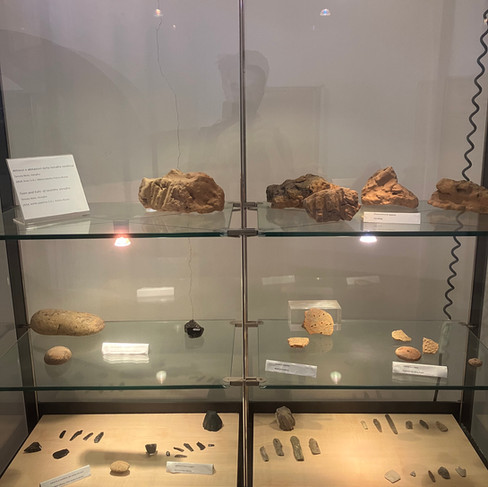











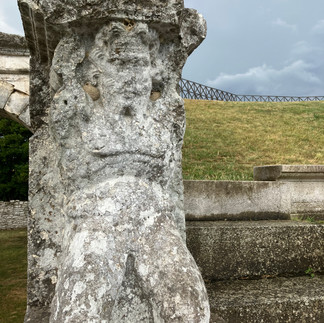
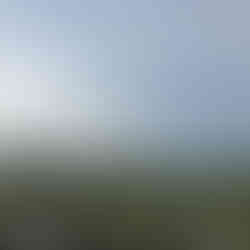





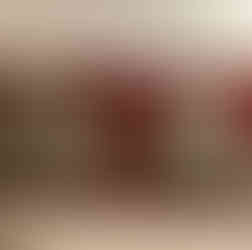



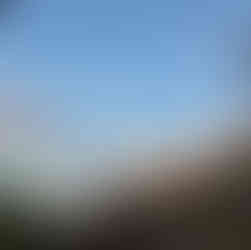

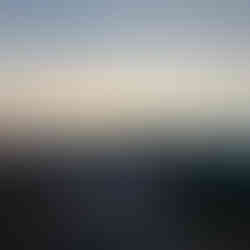

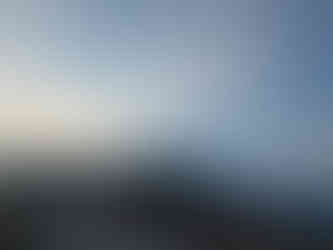




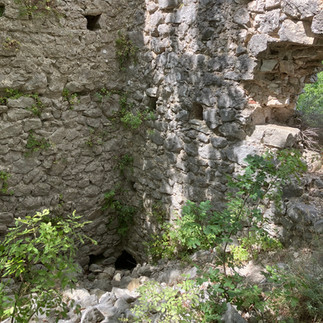
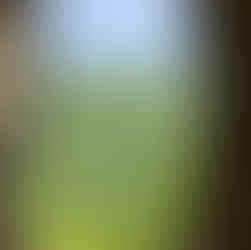

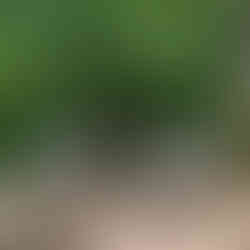






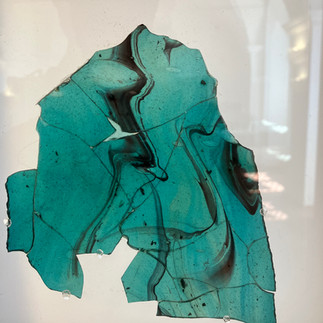




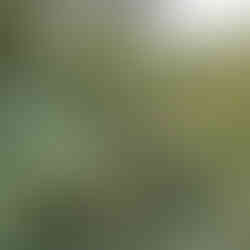


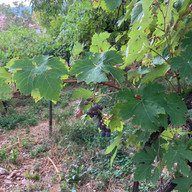




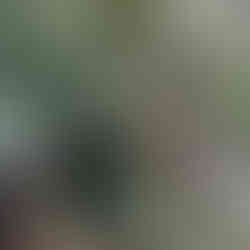

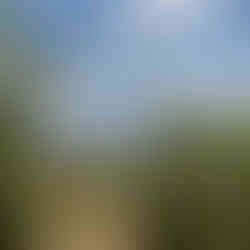



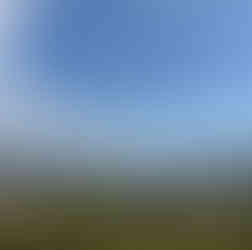


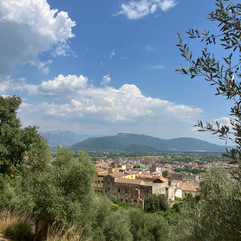


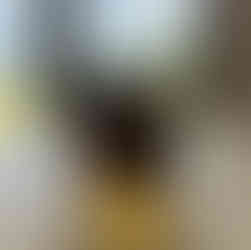


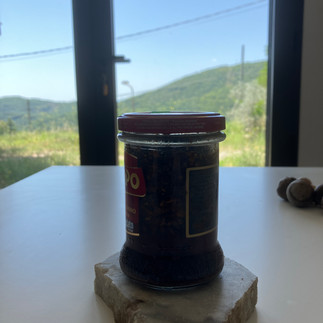
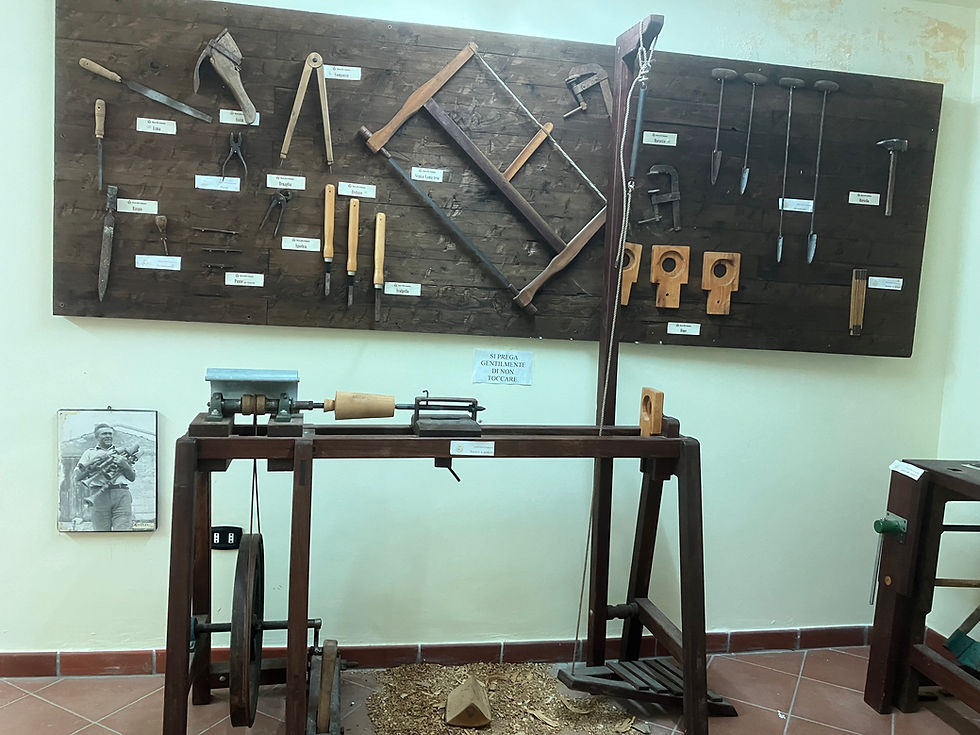


Comments